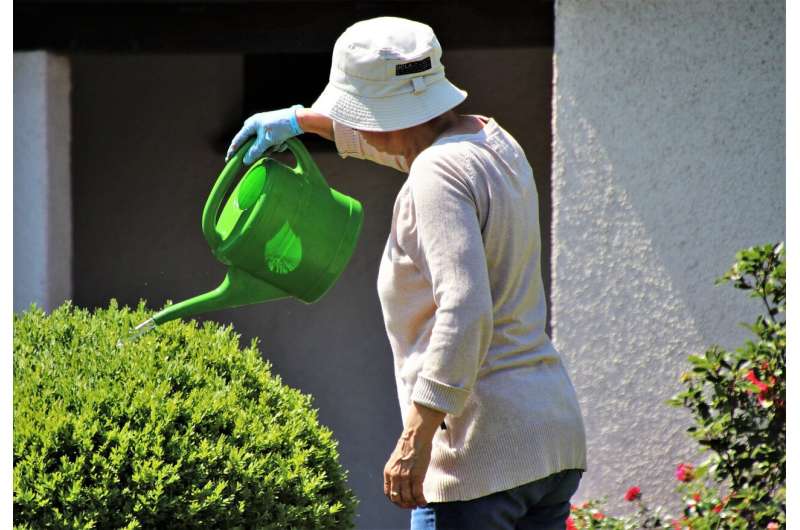
U.S. states vary widely in how well they are adapting to their aging populations, according to a new Milbank Quarterly article that ranks states based on an index measuring societal aging. The index tracks state support for successful aging at the population level across five domains: (1) Productivity and Engagement, (2) Security, (3) Equity, (4) Cohesion, and (5) Well-being. The highest-ranked states in 2017 were Vermont, Hawaii, Iowa, Colorado, and New Hampshire, and the lowest-ranked states were Louisiana, Arkansas, Kentucky, West Virginia, and Mississippi. Mississippi, South Carolina, Iowa, Arizona, and Delaware had the greatest improvement in their ranking over the period of 2003 to 2017. Louisiana saw the greatest decline, starting in 2010. The findings are published in the Milbank Quarterly.
To conduct the study, researchers at Columbia University Mailman School of Public Health, Stanford University School of Medicine, and University of Pennsylvania, modified an index previously used to assess adaptation to successful aging in developed countries and applied it to US states between 2003 and 2017. Indicators within the domains included labor force or community organization participation (Productivity and Engagement), pension wealth and food security (Security), state income inequity and high school completion rate (Equity), frequency of eating dinner with household or talking with neighbors (Cohesion), and physical and mental health (Well-being).
The index is unique in that the metrics that have historically been used to assess how well society is supporting healthy and successful aging have been very broad (e.g., life expectancy), focused on functional capacity such as activities of daily living, or localized to neighborhoods or cities.
The authors argue that this index captures a state’s capacity to support successful aging. “We found that that no one domain is driving the bus here: it’s not all about education, it’s not all about income,” said author John Rowe, Julius B. Richmond Professor of Health Policy and Aging at Columbia Mailman School of Public Health. “You need a multi-dimensional perspective.”
The study found that no national trends in successful aging, suggesting state policy is playing a large role in whether and how a state is adapting to its aging population. Wisconsin and Michigan were the highest performing states in the Security domain, while the entire Midwest ranked highly for Productivity and Engagement. The rankings for Equity were the most evenly distributed across the country, with equitable states found in all regions of the United States; some higher-equity states, including Alabama, were in the southeastern United States. Iowa and Missouri ranked particularly high on Cohesion.
“We wanted to think broadly about all the things that go into making a state a place that gives people the best opportunity to age successfully,” said lead author David H. Rehkopf of Stanford University School of Medicine. “There wasn’t previously a way for people, especially policymakers at the state level, to look at how well they were doing as a state. We hope this will help them think more holistically about what the impacts of their policies are—and the connections between health and well-being and all policies.”
A ranking of 20 potential drivers of change included transit spending, Supplemental Nutrition Assistance Program (SNAP) spending, retirement benefit spending, public welfare spending, proportion of taxes paid by the top 15% of taxpayers, proportion of taxes paid by the bottom 20% of taxpayers, spending on police, number of physicians, partisan right or left legislature political composition, spending on parks, nursing facilities, new housing, natural resources spending, Medicaid spending, low-income housing, library spending, hospitals, spending on education, dual eligibles in Medicaid, and state bond credit rating. Only new housing was strongly associated with an increase in ranking over time.
“More work is needed to establish the type of factors that would act as drivers of our index, and our index may be more impacted by broader policy trends over a longer period of time,” the authors wrote.
Columbia University’s Mailman School of Public Health

